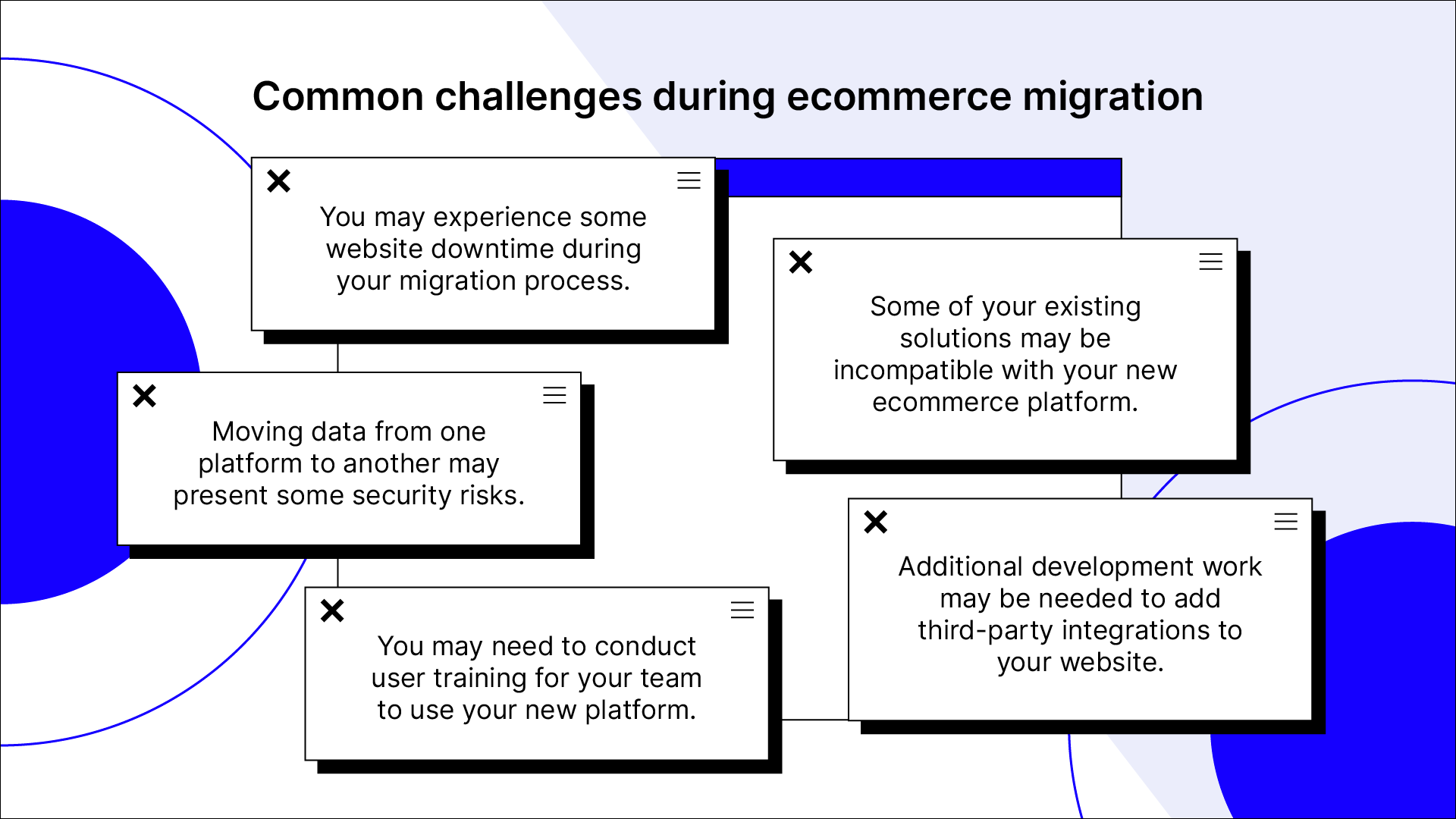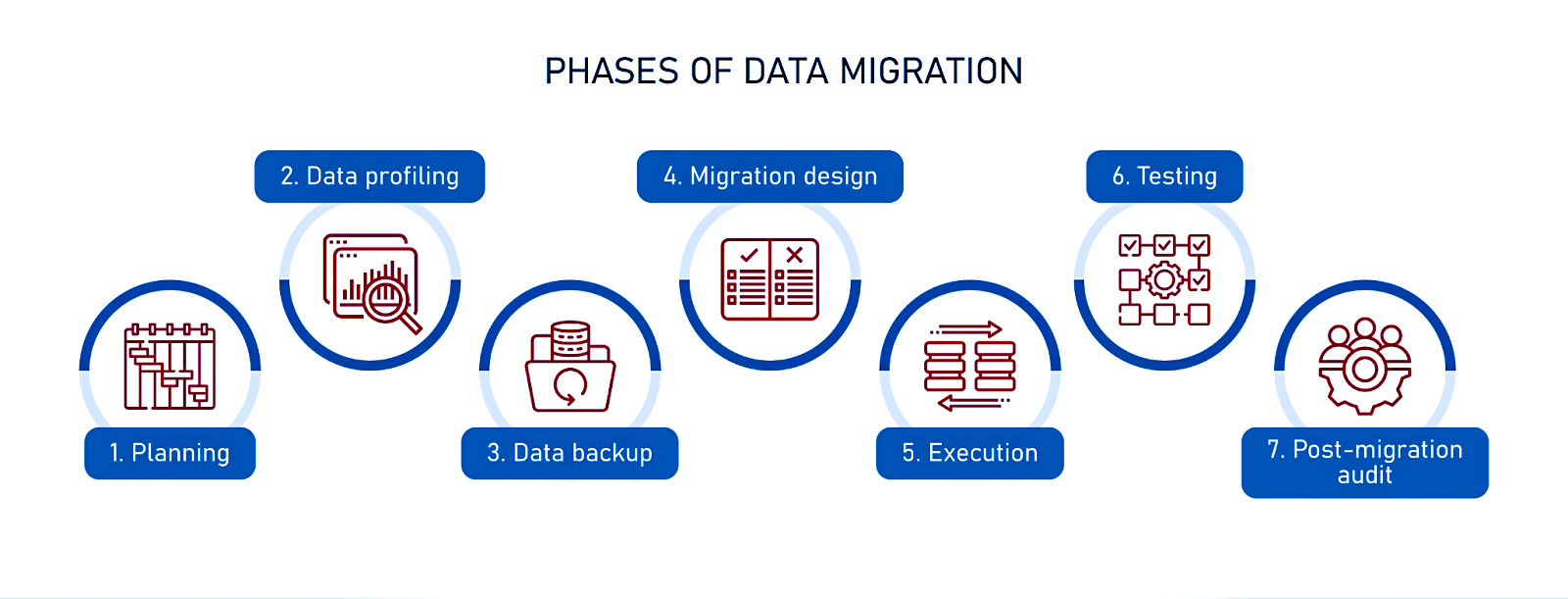



Let's Upgrade Your Platform — without breaking things.


Questions Before the Move? We’ve Got Answers. How It Works, Why It Works.
FAQs: eCommerce Platform Migration

Migrate Smarter. Scale Faster. Sell More.
Replatforming isn’t just a technical move — it’s a strategic leap and a business decision. At Guastel, we turn complex migrations into seamless transitions that protect your data, preserve your SEO, and elevate your customer experience. Whether you're moving from WooCommerce to Shopify, Magento to BigCommerce, or any custom platform, our expert team ensures zero downtime, full order and customer history retention, and a store built for future-proof growth. We don’t just migrate — we optimize, modernize, and maximize your digital potential.
Seamless Migration. Maximum Impact.



Step 1. Planning: create a data migration plan
Data migration is a complex process, and it starts with evaluating existing data assets and carefully designing a migration plan. The planning stage involves four steps.

Step 2. Data auditing and profiling
This stage examines and cleanses the full scope of migrating data. It aims to detect possible conflicts, identify data quality issues, and eliminate duplications and anomalies

Step 3. Data backup: protect your content
Technically, this stage is not mandatory. However, best data migration practices dictate a full backup of the content you plan to move—before executing the migration.

Step 4. Migration design
The migration design specifies migration and testing rules, clarifies acceptance criteria, and assigns roles and responsibilities across the migration team. Though you can use different approaches, extract, transform, and load (ETL) is the preferred one.

Step 5. Execution: focus on business goals
This is when migration—or data extraction, transformation, and loading—actually happens. We mentioned before, with zero downtime and the lowest possible risk of critical failures.

Step 6. Data migration testing
Testing is not a separate phase, as it happens across the design, execution, and post-migration phases. If you have taken a trickle approach, you should test each portion of migrated data to fix problems on time.

Step 7. Post-migration audit
Before launching migrated data in production, validate the results with key stakeholders. This stage ensures that information has been correctly transported and logged. After a post-migration audit, the old system can be retired.

Step 8. Performance Tracking & Iteration
Post-launch, we monitor your content’s performance and recommend updates based on data to continually optimize conversion and sales.
Considerations Before eCommerce Replatforming
eCommerce Platform Migration.













